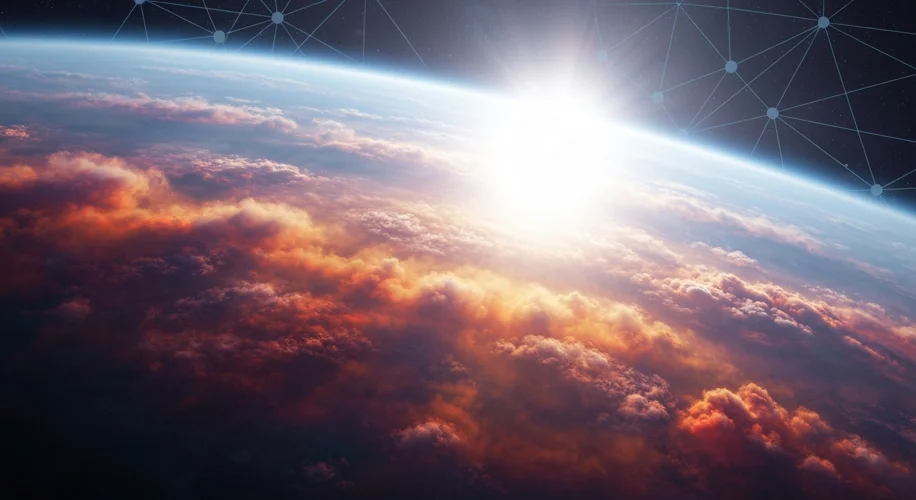The universe is vast, and with each passing year, our ability to explore it grows. Today, I want to talk about something truly exciting: the search for life on exoplanets, specifically focusing on a fascinating world called K2-18b.
As someone with a background in atmospheric science, I’m always drawn to the complex layers of planets, whether they’re here on Earth or light-years away. When scientists started pointing powerful telescopes, like the James Webb Space Telescope (JWST), towards K2-18b, it opened up a whole new chapter in our cosmic quest.
What is K2-18b?
K2-18b is an exoplanet, meaning it orbits a star outside our solar system. It’s located about 120 light-years away, in the constellation Leo. What makes it particularly interesting is that it orbits within the habitable zone of its star, a red dwarf. This means the planet’s temperature might be just right for liquid water to exist on its surface – a key ingredient for life as we know it.
How Do We Look for Signs of Life?
Detecting life on another planet isn’t like spotting a little green alien waving hello. It’s a much more subtle, scientific process. We can’t physically go to K2-18b yet, so we rely on incredible technology to analyze its atmosphere from afar. This is where infrared spectroscopy comes in.
When light from K2-18b’s star passes through the planet’s atmosphere, certain molecules in that atmosphere absorb specific wavelengths of light. Think of it like a fingerprint. Each gas or molecule leaves a unique mark on the light spectrum. By capturing this light and breaking it down into its component colors (like a rainbow), scientists can identify which gases are present in K2-18b’s atmosphere.
What Have We Found So Far?
With JWST, scientists have been able to detect molecules like water vapor and methane in K2-18b’s atmosphere. This is significant because these are molecules we associate with life processes here on Earth.
More recently, there’s been exciting talk about the potential detection of dimethyl sulfide (DMS). On Earth, DMS is a molecule produced almost exclusively by biological activity, particularly by marine life like phytoplankton. If confirmed, this would be a monumental discovery – a strong potential biosignature.
The Challenges and What’s Next
It’s crucial to remember that detecting these molecules is incredibly difficult. The signals are faint, and the interpretation requires rigorous scientific analysis. Scientists need to be sure that what they’re seeing isn’t from geological processes or other non-biological sources.
That’s why the scientific community is cautious but hopeful. Further observations with JWST and other advanced telescopes are planned to confirm these findings and gather more data. The goal is to build a complete picture of K2-18b’s atmosphere and environment.
This journey of discovery on K2-18b reminds us of the power of scientific inquiry and the incredible tools we’re developing. While we’re not saying we’ve found alien life yet, we are getting closer to understanding worlds beyond our own and perhaps, just perhaps, answering that age-old question: Are we alone?

